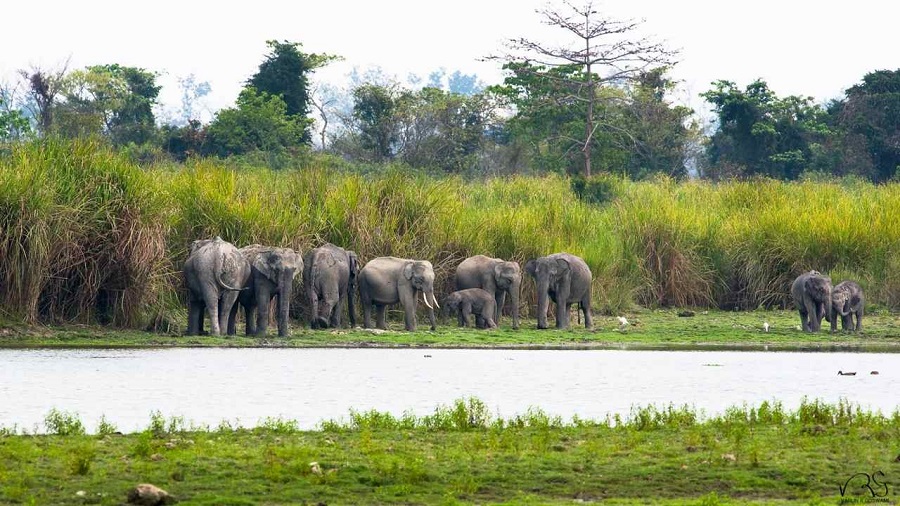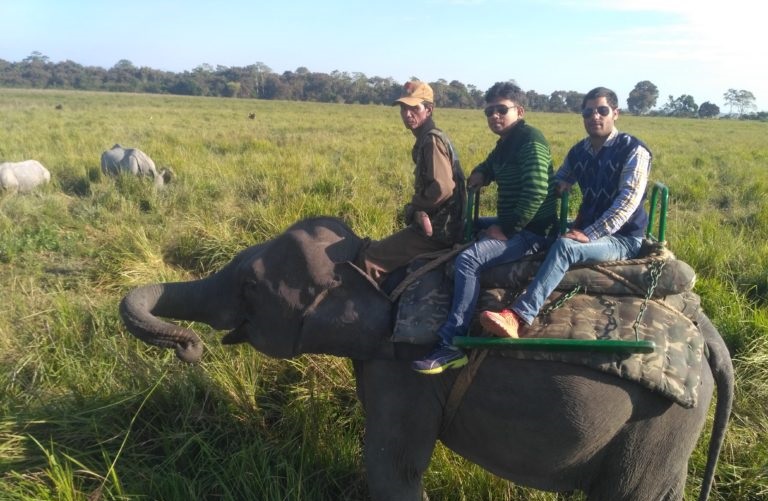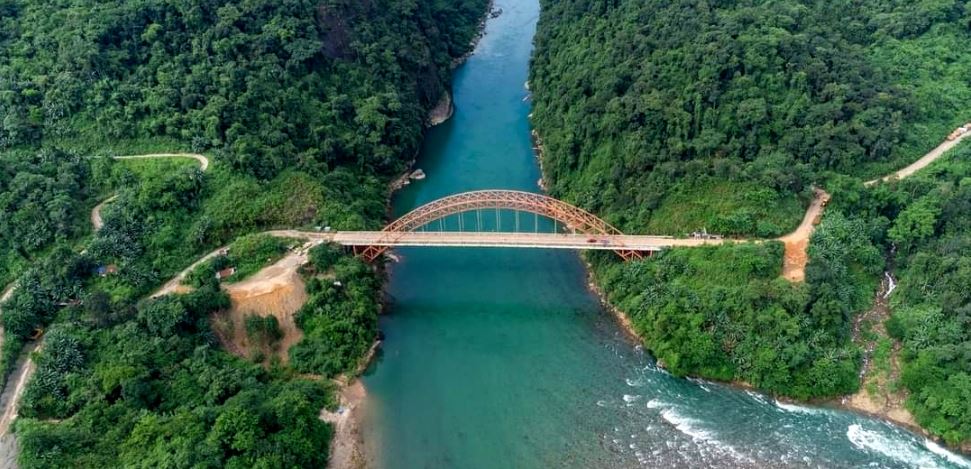
Complete Your Kaziranga Safari Booking for the Tourist Season 2025-26
Kaziranga National Park and Tiger Reserve officially reopened its gates to visitors on Friday, 26th September 2025, marking the beginning of the 2025-26 tourism season. The grand opening ceremony took place at the Western Range in Bagori and was attended by Kaziranga MP Kamakhya Prasad Tasa, Khumtai MLA Mrinal Saikia, park officials, and other dignitaries. The event began with a traditional puja, followed by the formal announcement of the new safari season. As part of the celebrations, floral tributes were offered to the late singer Zubeen Garg, and a solar drinking water project supported by REC CSR was inaugurated to benefit 120 anti-poaching camps inside the national park.
Officials highlighted that with the reopening, visitors once again get the chance to witness Kaziranga’s rich wildlife – ranging from the iconic one-horned rhinoceros to tigers, elephants, deer, and countless bird species.

Tourists this year can look forward to several new facilities –
- Better sanitation
- Clean drinking water points
- Water ATMs
- International debit card-enabled ATMs at key locations
- A mobile app for online safari bookings.
The park also plans to introduce new adventure-based activities like trekking, hiking, and aquatic tourism in its buffer zones. The Western Range at Bagori reopened on September 25, ahead of Durga Puja, with jeep safaris allowed on a limited 9-km route for now. Authorities explained that the remaining circuits will open later, once the breeding season ends. This early reopening, earlier than usual, is aimed at welcoming the festive tourist crowd.
While the Bagori range is already open, the central Kohora range in Golaghat district is expected to welcome tourists by mid-October. The much-awaited elephant safaris will resume from November 1, completing the full reopening of Assam’s pride – Kaziranga National Park.
A Variety of Insect and Spider Species are Recorded in Kaziranga’s Census
Kaziranga National Park and Tiger Reserve, situated in Assam’s Nagaon district, is world-famous for being home to the largest population of one-horned rhinoceroses. Kaziranga also shelters tigers, elephants, wild buffalo, swamp deer, and countless species of birds, butterflies, and aquatic life. Recently, Kaziranga revealed another side of its rich biodiversity. A rapid survey carried out by experts from The Corbett Foundation, along with forest staff, documented an impressive 283 species of insects and spiders inside the reserve. The study listed 254 types of insects and 29 types of spiders. Officials noted that this is an important step in drawing attention to biodiversity that often goes unnoticed. They also stressed the need for urgent insect conservation, especially at a time when climate change is accelerating the decline of species worldwide. The survey revealed that butterflies and moths alone made up 85 species, accounting for about 30% of the insects found. Ants, bees, and wasps contributed 40 species (14%), while beetles added 35 species (12%).
According to Assam’s Environment, Forest, and Climate Change Minister, Chandra Mohan Patowary, the study was conducted through visual observations and photography using scientific methods. He described it as a “landmark survey” that highlights the park’s micro-faunal wealth and sets a strong foundation for future research and conservation. Although Kaziranga is often associated with its “Big Five” animals – the Indian one-horned rhino, Bengal tiger, Asian elephant, wild water buffalo, and eastern swamp deer – this study shows that its smaller species are equally important.
The tiger reserve covers 1,307.49 sq. km and continues to hold the world’s largest population of one-horned rhinos, with 2,613 counted in the last census. It is also one of India’s top tiger habitats, with a density of 18.65 tigers per 100 sq. km, as recorded in 2024. These new findings further establish Kaziranga as not just a haven for big mammals but also as a hotspot of invertebrate diversity that deserves equal attention.


